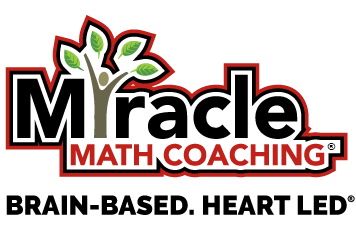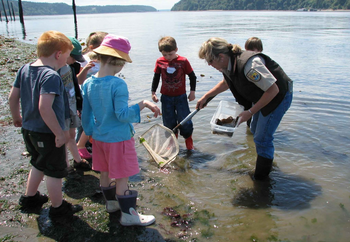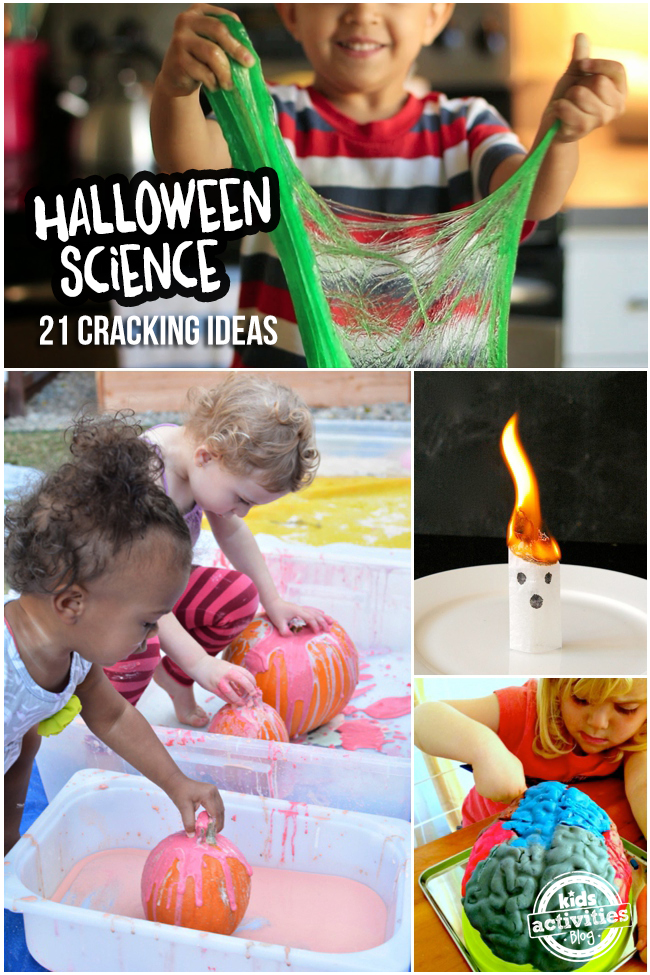Service Learning Projects to Engage Math Students
Inspire Math Students with Action
 What is service learning?
What is service learning?
Service learning is different from volunteerism. Volunteerism is defined as the use of volunteer labor to do work that needs to be done. Service learning is like volunteerism in that work that needs to be done is done but in addition, there is an important academic component in the work. Basically in order for it to be service learning, then the student should get practice in critical thinking and the skill or concept you want them to be able to apply or discover.
Why should we engage students in service learning?
Service learning, when connected to a learning objective, designed, carried out, and reflected upon meets a few really awesome goals.
- The student gets practice in applying and experiencing concepts to a real lived situation through a creative process.
- A community need is met or effort is made towards a service or solution that makes life better in some way.
- Service develops character.
- Practice helps students gain natural curiosity to know and do more.
- It strengthens relationships within a community
 Is service learning effective in math?
Is service learning effective in math?
Yes. Remember the reason many kids (and adults) complain about math or say they don’t get it is because they fail to understand how they will use math in the real world. There’s a lot of info out there that explains how and why problem based approaches or place based learning (both experiential) helps students connect to things they are learning. Place based education allows the student to connect work to their own surroundings; to get down to the local. If an instructor, coach or parent has some skill or enduring understanding that they wish for a student to fully grasp, service learning is a great option. For more info on service learning as a tool for enhanced hands-on learning and what it takes to make a great service learning project check out this guide that was published by the Wisconsin Department of Public Instruction in 2010.
How do I create service learning projects for math?
So you missed the service learning era of education training, or you’re a coach or parent who is homeschooling and you want to use a service learning project with your math students. Where to begin? For starters, you should focus on what you want the student to learn from the math perspective first. This can be one key concept, a series of concepts, standards, etc. Once you have a clear vision of what the lesson is then you have a few choices.
Design your service learning options based on your own ideas
For some this isn’t too hard and for others it is a challenge. You may think of a community service project right away that you would like to have the students participate in and be able to build in the connections to the material.
Take Jan for example. She teaches elementary math and has volunteered with the local pet shelter for years. Her thoughts are to help this shelter because that is part of her life and she thinks the students would enjoy it. Her fourth graders are learning to measure quantities, express them as fractions, work with percentages and collect data. She connects the two and designs a whole class project where the students calculate how much food, supplies and medicines are needed and then they help make a flyer to educate the public. They host a dinner at the school and invite their parents and the school community to attend for 5$ a plate. The students also share their research with their audience using a slide show and posters hung around the room. The money is used to buy supplies for the shelter.
Or you may approach it by brainstorming different hands on practices the student could do and from that list come up with different possibilities and a target list of contacts. You envision the actual math work that needs to be done, draft a few project ideas and reach out to local action groups. The truth is, the earlier you involve the student in the design and research process the better.
Have your students design their own projects
This is great for students of all ages. Obviously with younger students they may need more help coming up with ideas, and they may throw out ideas that seem over the top or impossible, but give them a chance they may surprise you. The result of a student being asked to develop a service learning project based on practicing or applying a certain skill is that students begin learning right away. It takes a certain level of understanding to design the project. Of course you will need to keep them on track, approve of the work, help them decide how they are going to demonstrate their learning (sharing of the project, creating a written reflection, etc.). It is important that the work is celebrated in some way.

Be inspired by what others are doing and have done
If you are new to using service learning as a math instructor, coach, or parent the whole concept may seem a bit scary. So the best way to get the wheels turning is to see what has worked for other people. You can talk to other teachers, tutors, parents, college professors and ask them. You can also dig up some resources on your own. Consider working with other educators to create innovative interdisciplinary service learning options. Here are a few interesting leads…
Dana Ernst, an assistant professor of mathematics and co-author (with Angie Hodge) of Math Ed Matters blogspot shared an article by educator Karl-Dieter Crisman. Crisman discusses some key points regarding service learning, the need for more in the body of literature available concerning math-related service learning projects and shares some of the great project ideas he has been involved with.
“Service-Learning and Making a Difference”
This piece from Edutopia is a fabulous story about how one elementary school in Oakland, California has integrated several content areas into one large scale service initiative. When you have a group of fourth and fifth graders rocking out blueberry scones from organic and sustainable ingredients and selling the snacks and meals to turn a profit that is donated to a local food bank good work is happening.
“The Happy Eating Place: How Elementary Students Can Run Their Own Business”
Read about some of the supporting research in favor of service learning and a few projects teachers have taken on at the Salt Lake Center for Science Education.
“Service projects help students connect math, reading to the real world”
Jim Berman is a chef and instructor who is doing some very cool projects with his high school students. Check out this inspiring story where students must do the hard work of planning how to bake and deliver 10,000 cookies in one night.
“Service Learning Case Study: The Answer to Our Educational Woes in 10,000 Cookies?”
Student’s at Montpelier High School work in the food supply chain of greenhouse produce to provide food to cafeteria’s within the district. While this piece does not reference math specifically, it is quite clear that math skills are at work every step of the way. Watch this brief video highlighting the story from edutopia.org:
KIDS (Kids Involved Doing Service-Learning) Consortium is a great resource for anyone looking for inspiration, advice, tested successful models, etc. For a list of ideas ranging from elementary math service learning projects to high school geometry service learning ideas check out their pdf Math Service-Learning Projects.
For more project inspiration, check out Victor J. Donnay’s piece focusing on mathematics, service learning and sustainability:
“Sustainability, Service-Learning and Student Engagement”

A few closing tips
- Remember service learning projects work best when students are part of the overall investigation, research, action, reflection and sharing or the work done
- A service-learning project (especially for a rookie) doesn’t need to be overly complex; starting out with a fairly simple project that only takes a few weeks may be the best approach the first time around
- Remember that what makes a project a service learning project is that there are clear and connected learning goals
- Service learning project development is not just for classroom educators. Anyone interested in helping their student or children gain a more authentic learning experience should consider service learning
- If you are an educator in the public schools and have a project that you would like to implement but have a start up budget that needs to be met to make it happen, don’t forget about DonorsChoose.org, an online charity organization for educators that has raised over $327,012,874 according to their impact page.
What kinds of service learning projects have you been involved with that have focused on math learning? Do you have models, projects, links or stories to share? Your story or resources may help others who would like to get started doing this kind of work to help students better learn math skills and have a positive impact in the community.


 What is service learning?
What is service learning? Is service learning effective in math?
Is service learning effective in math?




